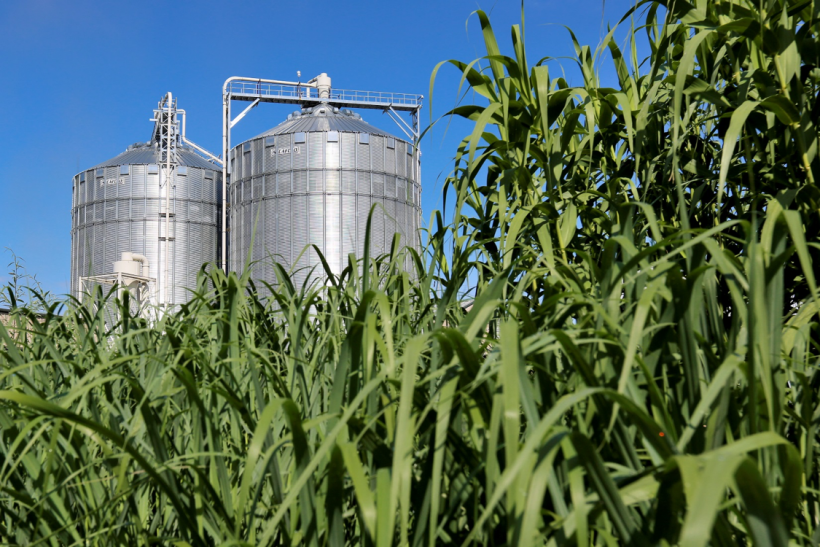1. Set Up Scaffolding
Firstly, you have to erect scaffolding to ensure safety during the whole installation process when being on the roof.
2. Install Solar Panel Mounts
Then, the solar panel mounting system has to be set up. This will support the base of the solar panels. The whole mounting structure must be tilted and have an angle between 18 to 36 degrees to have maximum sunlight exposure.
3. Install the Solar Panels
When the mounts are set up, the solar panel itself has to be installed on the mounting structure. Make sure to tighten up all the bolts and nuts so that it stays stable.
4. Wire the Solar Panels
The next step in the installation process is to install the electrical wiring. In most cases, MC4 connectors are used because they are suited for all types of solar panels. Make sure to shut off the household’s electricity supply during the wiring installation.

Solar system installation steps
5. Install Solar Inverter
After that, the solar inverter must be connected to the system. It is typically installed near the main panel and it could be both indoors and outdoors. Inverters are more efficient if kept in a cooler place.
If the inverter is outdoors, it should be kept out from the afternoon sun. If it is installed indoors, the garage or utility room are usually the best places, since they stay cool for most of the year and have ventilation.
6. Bond Solar Inverter and Solar Battery
Thereafter, the solar inverter has to be connected to the solar battery. The solar battery storage can save you from worrying about the lack of usable energy during cloudy times, it can also lower the solar battery storage system costs during installation.
7. Connect the Inverter to the Consumer Unit
The inverter should be connected to the consumer unit to generate electricity. A generation meter should also be connected to monitor the amount of electricity the solar panels actually produce. You can use your computer or other device to check your solar system’s performance. For example, you can check how much electricity you generate at different times and decide what time is suitable for using your washing machine or other utilities.
8. Start and Test Solar Panels
The final step is to switch the power on and test the newly installed solar panel system. After that, the solar panel installation process is completed.











